Santa Cruz Trek Guide
The quintessential guide to trekking Santa Cruz
An aside: This post and other guides like it will be focused on providing practical info along with any tips regarding booking or doing treks like Santa Cruz. Cramming this info into the story style posts of larger treks detracts from the overall feeling I want to provide fellow travellers. It also allows you to find what you’re looking for more easily without having to search through 1 giant post – definitely a plus if you’re using this site as a reference while at your destination. In addition, while they may feature related photography, it won’t be as heavy as the story posts so it should prove reliable even if the internet is bad at your destination.
Santa Cruz in a nutshell
Altitude: 3000m to 4750m
Distance: 50km (3-4 days trekking)
Route Type: point to point
Mountain passes: 1
Terrain: Typical (rocky, sandy, protruding rocks, dirt, etc)
Distance to Vaqueria trailhead from Huaraz: 3.5hrs
Well worn trail: Yes, most of the time
Signposted: Campsites and trailheads (from Ranger station)
Other: Short scramble required for the best views at Punta Union Pass
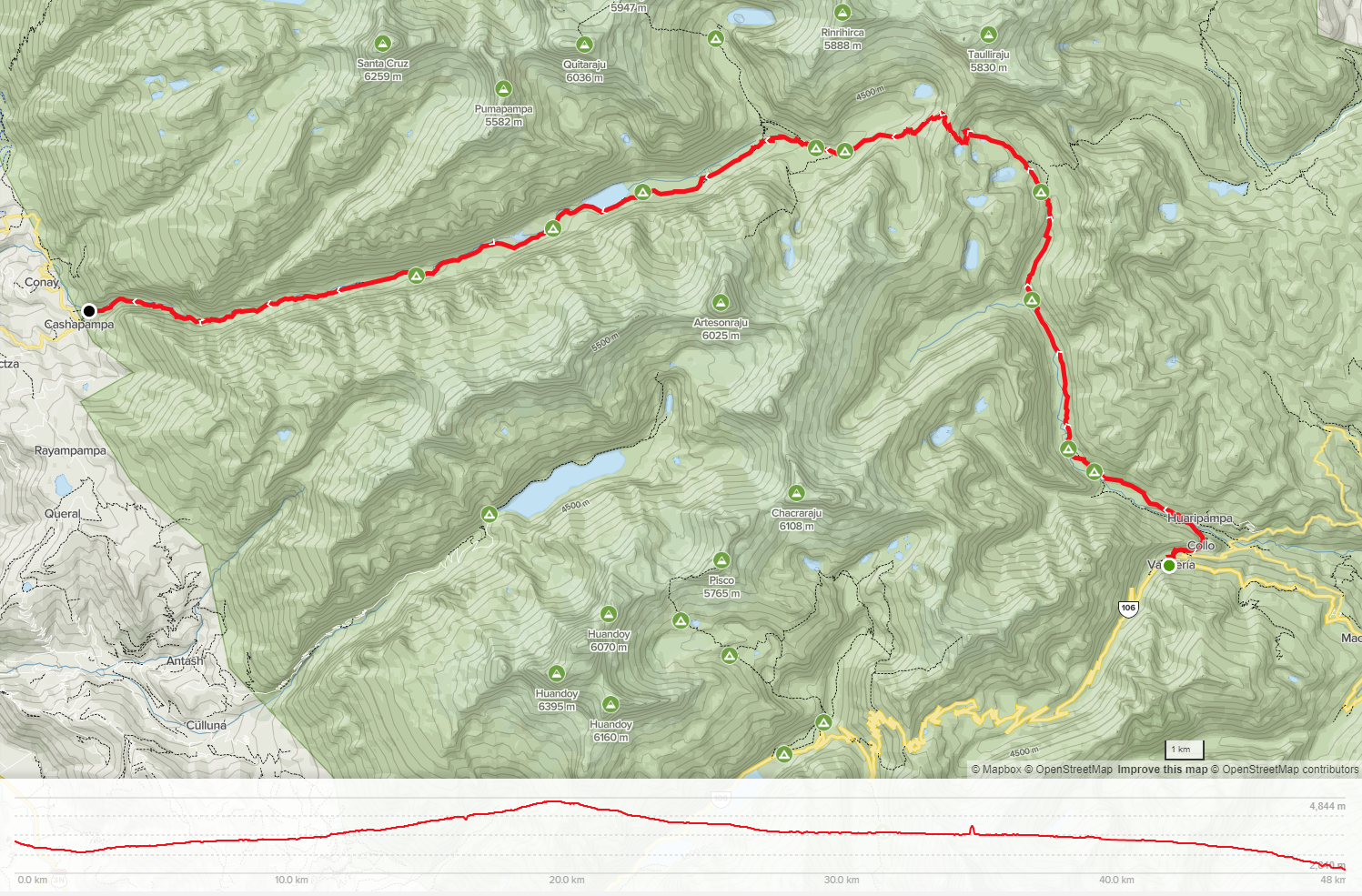
Santa Cruz difficulty
On a scale of Laguna 69 to Huayhuash, Santa Cruz lies in the middle-left in terms of difficulty. If you’re coming from Cusco, it’s similar to the Machu Picchu treks there but at a higher altitude.
It’s hard to give a single rating for difficulty since there are a lot of aspects. It’s all relative, subject to fitness levels, pack weight, weather, acclimatisation and experience. So in order to gauge difficulty, rather than list some arbitrary ‘easy, moderate or hard’ (like I did for Laguna 69), I’ve listed the nutshell facts so you can best extrapolate how difficult this trek will be for you.
For example: depending on how many days you plan to do it in, you will be doing average 12km to 16km days. The entire trek (as with anything else around Huaraz) is done at high altitude. There is 1 mountain pass and a small scramble is required to get 360-degree views at the top.
If you’re unfamiliar, a mountain pass is a rather steep slog uphill and with the one here being at high altitude, it can be extremely punishing. Laguna 69 is a good gauge of difficultly on Santa Cruz’s hardest day and if you’re unsure of whether you’re capable of doing Santa Cruz, Laguna 69 is a great test hike.
The availability of donkeys, which all tours should provide, helps tremendously with having a lighter pack. If you’re going unguided, you have an option to hire a donkey and donkey driver.
Santa Cruz cost
A 4-day Santa Cruz trek will cost from US$120 to US$240 for a guided option. The difference between the price range is a combination of service, equipment, food and number of people in your group. The views will be no different. I paid the lower end so the experience described in my Santa Cruz story is what you can expect if you go budget. We had 17 people in our group which can be considered quite large. Although everyone was awesome your mileage may vary. In contrast, the higher-end operators’ group tours cap out at around 8 people.
Also on the budget end, you will be going with a trek by collective trekking companies. I.e. companies that don’t run their own trek but aggregate the people together to form one big trekking group.
Private tours are available from US$1000.
A 5-day Santa Cruz trek which includes Laguna 69 was priced at an extra US$60 at one of the top-end tour companies. I’m unsure of the pricing for the budget end as I couldn’t find one offering it while I was looking around.
On top of the above cost, there is also a S/65 fee for national park entry (Parque Nacional Huacarán).
Travel insurance is of course never included in my experience.
How to get to Santa Cruz
Where is Santa Cruz?
Santa Cruz is accessible from the small hiking town of Huaraz, Peru which everyone uses as a base for all hikes and treks in the region. It can be considered Peru’s hiking capital.
So where is Huaraz?
Huaraz is located north of Lima, Peru by about 6-9 hrs using intercity bus (the most common way to get there). See my Huaraz post for more details on the area in general including where to stay and how to get there.
How to get from Huaraz to the Santa Cruz trailhead
The closest trailhead is roughly 3.5hrs from Hauraz by vehicle and all guided treks include transportation in their cost (typically a minivan). The day hikes may be via bus.
For those going the unguided route, you may be able to pay to hitch a ride if those guided treks have a spare seat (on arrival you go your own way). To do this you simply ask around at any guided trek company. Price would depend on your negotiation skills and if it also includes the return trip. You would of course be subject to their departures and not all may offer it. The cheapest option is collectivo (shared transport) but last I read this may not be as dirt cheap anymore as you think.
Best time to travel for the Santa Cruz trek
The main season for Santa Cruz is April – October which is the dry season. Outside of this season or on the fringes you can expect it to be hard to get a guided group. I travelled in October which could have contributed to the low amount of other people I saw so if your travel time is flexible and that is what you’re after, I’d recommend this period (but not too late).
Weather will have temperatures reaching down to 0°C at night in the main travel season. If you follow standard alpine packing lists such as my Patagonia Packing List you should have the equipment necessary.
How to book the Santa Cruz trek
You will need to book with a tour operator in Huaraz. Some higher-end operators can be contacted prior to your arrival in Huaraz.
I wasted days trying to book treks in Huaraz, so to help prevent that from happening to you I’ve created a separate general post for booking hikes and treks (including the Santa Cruz trek) around Huaraz. Check it out here.
Equipment for the Santa Cruz trek
Mandatory
Santa Cruz or not, on a guided trek you will typically be required to bring the following:
- Enough personal clothing including appropriate footwear and weather-appropriate clothing
- Backpack to carry everything you want. Size depends on how much stuff you want to carry and how much you give to the donkey. For the guided trek, I used my versatile 36L bag however a lot of people were using less than 20L day hike bags
- Additional bag to put things you want to store on the donkeys (can buy a cheap market bag in Huaraz for 5 Sol or less). Weight restriction is typically limited to around 5-7kg for the donkeys’ wellbeing
- Toiletries including enough toilet paper and hand sanitiser
- Something to hold 2-3L of water in and water for the first day
- Trekking poles (if wanted)
- Your favourite electronics (camera, phone, spare batteries, battery pack, etc)
- Any regular medicine you may require
- Sun protection including sunscreen, sunglasses and hat
- Torch (mainly for wandering around camp at night – it’s rare that you’ll trek before the sun comes up but not impossible)
- A bit of cash to pay for the park entry (if you haven’t already done so) and breakfast + snacks
Maybe or maybe nots
These items may or may not be included in the price and available as an extra cost to hire depending on the tour operator. Be sure to check especially if you don’t have your own:
- Tent
- Sleeping bag and sleeping pad
- Water purification (see separate section below)
Depending on the operator you may be able to have a look at what equipment they will provide you. You could also pay for upgrades and hire trekking poles.
Worthy of mention
This section consists of things that are typically provided or taken care of on a guided trek. Some people like to bring their own anyway and what you bring is entirely up to you. Just keep in mind the more you bring, the heavier your pack will be and the heavier your pack, the harder it will be to hike.
- Cooking/fire starting/knife/eating equipment
- Basic medkit (I always carry one which lives in my hiking bag since it doesn’t take up much space. Most people including the guide will carry one in case you don’t have one)
- Navigation equipment
- Radio/emergency device (not all guides have a satellite phone but if you’re on a high-end tour, they probably will)
- Emergency donkey (if you get injured or are otherwise unable to complete the trek)
Need to buy something locally?
Firstly, as with all travel around South America, if you can buy your equipment at home you should do so. Huaraz has limited branded equipment supplies so if you really need something, you could find it here but don’t expect much choice or a decent price. I’d imagine Lima would have more options at a cheaper rate too so be sure to check there if you really need something.
Food
A guided trek should provide meals and snacks throughout the trek.
Not all meals may be provided for on the first and last day i.e. before and after the actual trek begins and ends. So be sure to bring some cash to buy breakfast and snacks at the start and end of the trek.
If you’ve read my Santa Cruz story you may want to supplement their food with some of your own.
My Huaraz posts details where you can load up on food/snacks if required.
Is water purification required on the Santa Cruz trek?
Due to farmland and livestock alongside the water sources, water purification is required. On a guided trek, they should provide you with boiled water each day after the first. For the first day you fill up your own water in town the day before.
However, I would clarify the water situation beforehand because for me, although on Santa Cruz it was provided, this was simply not the case on my Huayhuash trek with multiple people turning up without a form of water purification.
If provided, you simply need to bring something to hold it in like one or more bottles and/or a water bladder. Ensure you have something large enough as you are given water at the start of each day. What they will do is after dinner, they will boil water and let it cool overnight so it’s ready for you the next morning. It’s not feasible at any other time to refill, even upon arriving at the next campsite since they’ll be using the time, stovetops and pots to cook for everyone.
I wouldn’t recommend you bring anything smaller than 2L total on any trek. Keep in mind you need to use some to brush your teeth. I typically require about 2L to 3L per day of trekking in cooler conditions (excluding any additional drinks at the campsite).
If water is not provided or you’re trekking without a guide you will need to bring some form of water purification. There are numerous rivers in the area where you can fill up on. Each campsite had a river nearby and parts of the trail have access to the river too.
Water purification is a whole post of it’s own which I’ll write about in the future. Personally, I had with me my UV steriliser (Steripen) just in case. Even though drinking water was provided I decided to use it anyway to test it out. The model I had has it’s flaws but it worked fine.
Accommodation and toilet situation on the Santa Cruz trek
Camping is the only accommodation option on this trek.
Campsites do not have toilets. Tours will either provide you with a toilet tent (a tent around a hole in the ground) or you will be required to go in the wild.
Acclimatisation for the Santa Cruz trek
Santa Cruz has an altitude of 3000m to 4750m (9843ft to 15584ft) so acclimatisation is recommended. Fortunately, it will begin immediately upon arrival at Huaraz given Huaraz’s altitude of 3052m. Further acclimatisation can be done on any of the day hikes around Huaraz which are detailed in the Huaraz post. Doing the trek in the direction of Vaqueria to Cashapampa will result in a lower altitude for the 2nd and 3rd nights making it easier for you to recover.
High Altitude – Acclimatise!
Like everything around Huaraz, this is a high altitude trek and altitude sickness is no joke. Instead of writing an intro about acclimatisation every time I want to write about an activity that’s high altitude and boring you like a plane safety video, I’ve created a separate post here which details the practical information you need to know.
Guided Santa Cruz or no guide?
First up, the vast majority of people will do this trek guided. This can be done without a guide like any of the treks around Huaraz but I’d only recommend it for those who are experienced, or at the very least going with someone who is experienced. It’s not like Torres del Paine or El Chalten where help is just hrs away and it’s super easy to find your way around. Given the number of people I saw on my Santa Cruz trek, help could be 1-2 days away if you’re unable to contact anyone.
If you’re experienced you may be leaning towards unguided but the low cost of the guided route may simply be too economical to pass up.
If you’re looking for a trekking buddy, the cafes around Huaraz have noticeboards where people list their travel dates and contact details. Be sure to check since people don’t include the year of travel, so if the cafe doesn’t clear the board at the end of the season (or people don’t take down their names), then some of them may be old.
Trail maps for Santa Cruz
On a guided trek you don’t need a trail map (since you have a guide) but they are nice regardless, especially if you want to practice orienteering/navigation for a possible future unguided trip.
The Alltrails app has the Santa Cruz trek on it and I would recommend anyone even remotely interested in hiking/trekking to have the app. The app is free but you’ll need the paid version to download an offline map which can be crucial depending on the location. In the past I’ve found you can cheese it by preloading the map data when you have a wifi connection, then when you lose your connection it stays in your phone’s memory. That’s not something I would rely on for anything serious though. If you’ve never used it before, download the free version, preload your next hike and see why it’s amazing.
If you’re looking for a physical topographic map and you didn’t manage to acquire one before your arrival in Huaraz, some shops sell them but they don’t run cheap. You could also get your hands on a cheaper less weather proof photocopy by asking the right people (typically trek providers rather than shops that sell the official maps).
Santa Cruz trailheads
This is a point to point trek so you will see the same amazing things regardless of which trailhead you start at. Asides from what view is behind or in front of you, the main differences are highlighted below.
Vaqueria trailhead (3700m)
This is the most common starting point and tours will typically, but not always start here. Starting at a higher altitude and reaching the Punta Union mountain pass on day 2 means you’ve done the hardest part first. After you reach the mountain pass, the following 2 campsites will be progressively lower helping to prevent or lessen the effects of altitude sickness.
Cashapampa trailhead (2900m)
This is the harder starting point. The starting altitude is lower so you will be gaining up to 1850m of vertical altitude to get to the pass, about 500m more than starting at Vaqueria, a real drawn-out slog. If doing a typical 4 day 3 night trek, 2 of your campsites will likely be at an altitude higher than the previous day’s trek which may increase the effects of altitude sickness (there’s a reason why more tours start at Vaqueria). On the plus side of things, Punta Union pass is reached on day 3 which could be seen as more of a grand finale than trekking in the opposite direction.
I’m considering Santa Cruz but still not sure
The simple answer is you won’t regret going.
If you’re someone or with someone that’s worried about creature comforts and have spare cash, then I’d recommend the more expensive higher-end tour operators. Don’t get me wrong, it’s all tent accommodation but you’re paying for other luxuries such as more privacy and better facilities. These can also be pre-booked or at the very least an expression of interest can be provided prior to your arrival in Huaraz.
If it’s a question of fitness and acclimatisation issues then you can test/practice on the numerous day hikes around Huaraz. A lot of people do the Laguna 69 hike for this very reason. If at that point you still don’t want to do Santa Cruz, you can do the other day hikes to make the most of your time in Huaraz. The other day hikes are all nestled in the same awe-inspiring mountain range, the Cordillera Blanca which is a part of the greater Andes range.
If it’s a scheduling thing and you’re choosing whether to go to Huaraz or not, then maybe my stories can convince you.
Visa Information for Peru
As always, check with your government’s official travel website or relevant embassy website to check the latest information on this.
For Australian passport holders: https://www.smartraveller.gov.au/destinations/americas/peru
Australian’s don’t need a visa to visit Peru and sites will say you have up to 6 months stay. HOWEVER the stamp in your passport will say how many days you officially have. This stay can actually be extended online prior to it’s expiry, not after. As of writing, if you stay beyond this time, you pay a small token amount at the airport when you leave. It’s likely Peru’s stance is more lenient than other countries due to tourism being a big part of their economy. Please note that this stance could change at any time and you should research prior.
Any further questions?
If you have any further questions about the Santa Cruz trek, feel free to leave a question in comments section below.
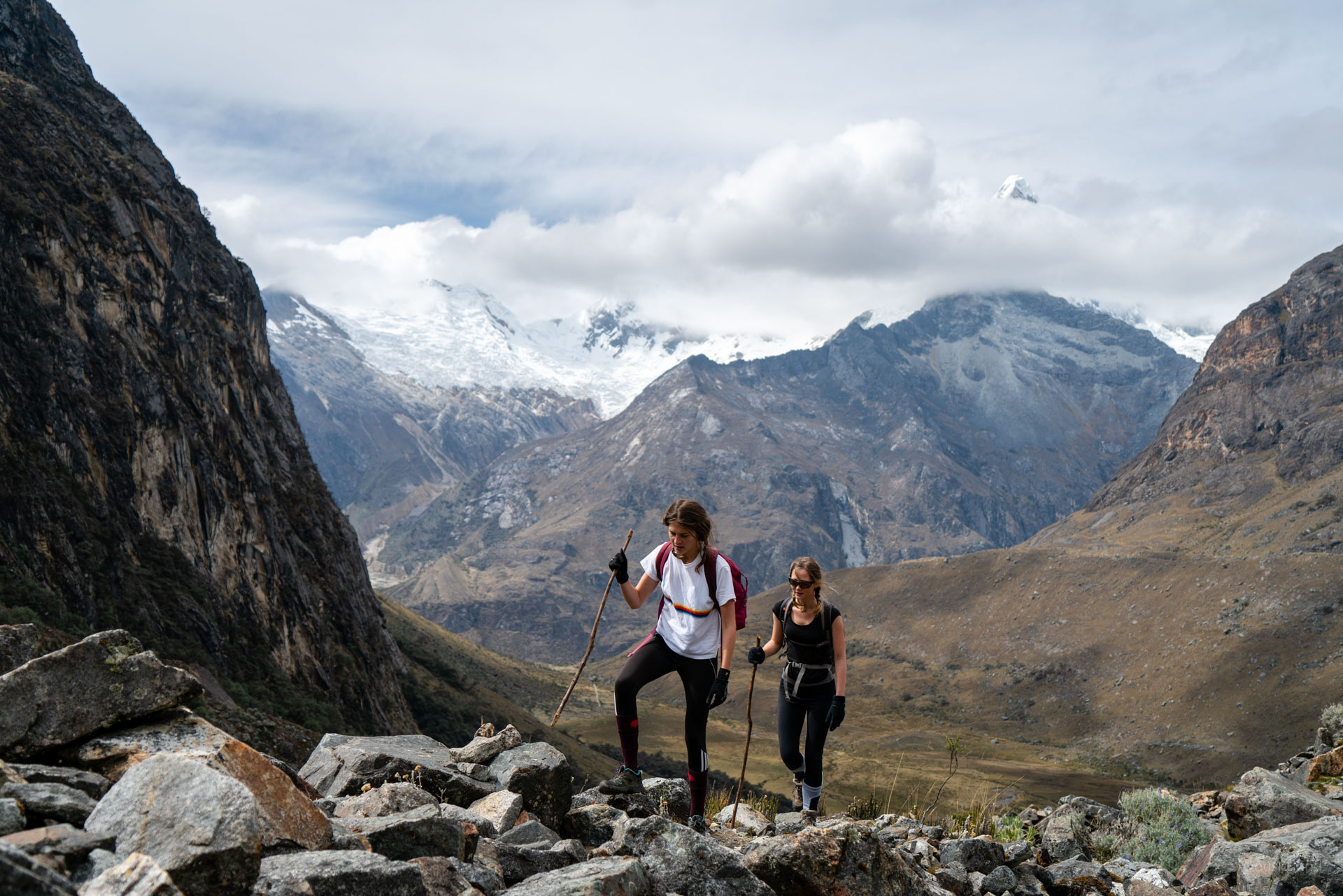
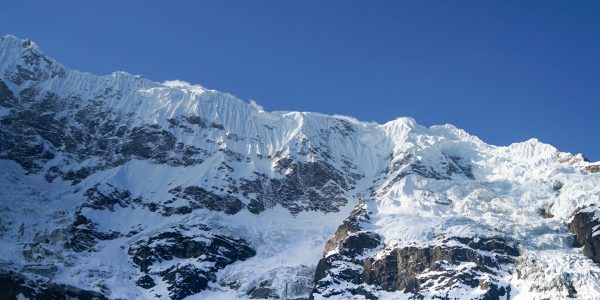
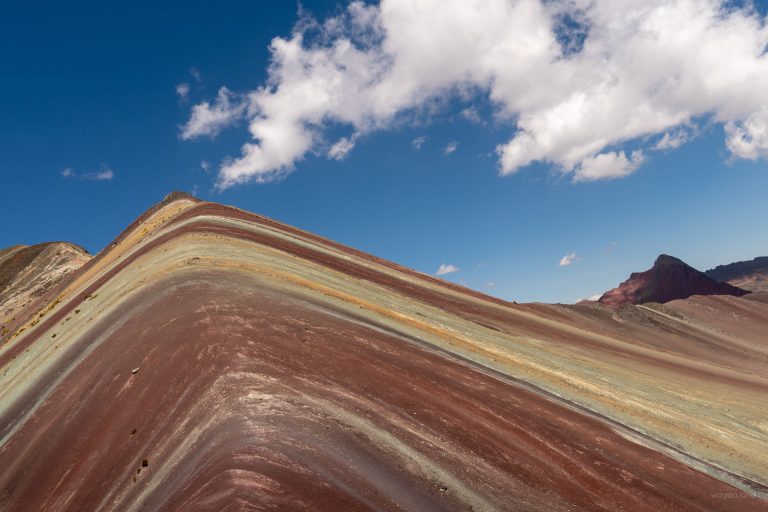
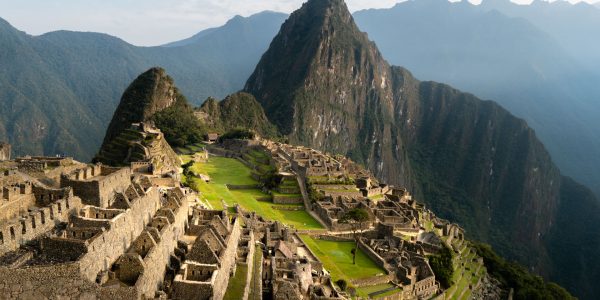
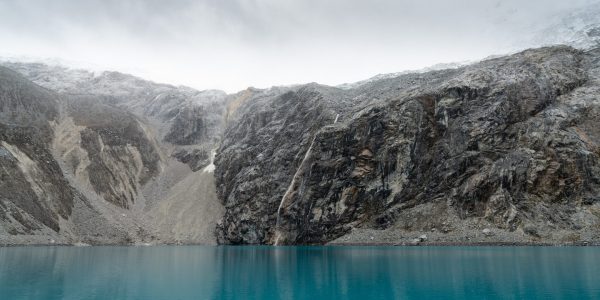
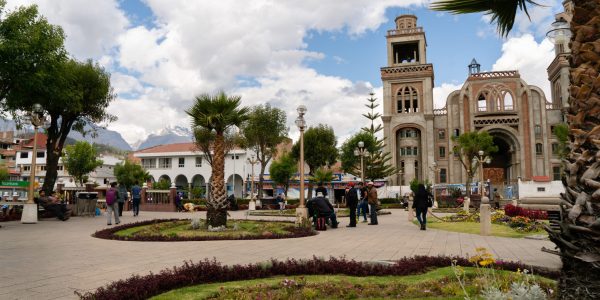
Santa Cruz Trek, Peru